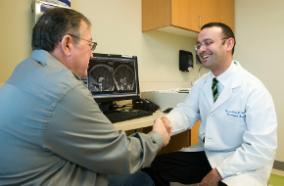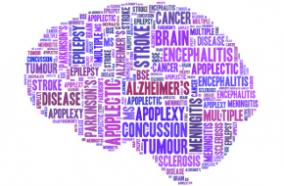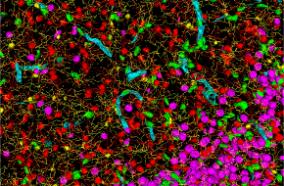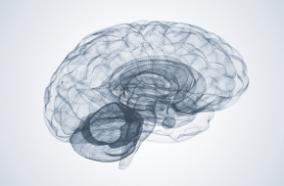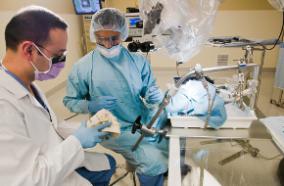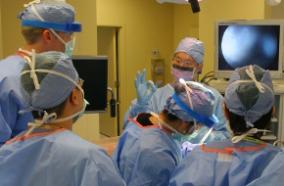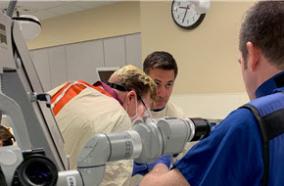A phase II randomized controlled trial of tiopronin for aneurysmal subarachnoid hemorrhage.
A phase II randomized controlled trial of tiopronin for aneurysmal subarachnoid hemorrhage.
J Neurosurg. 2019 Jul 12;:1-9
Authors: Ironside N, Christophe B, Bruce S, Carpenter AM, Robison T, Yoh N, Cremers S, Landry D, Frey HP, Chen CJ, Hoh BL, Kim LJ, Claassen J, Connolly ES
Abstract
OBJECTIVE: Delayed cerebral ischemia (DCI) is a significant contributor to poor outcomes after aneurysmal subarachnoid hemorrhage (aSAH). The neurotoxin 3-aminopropanal (3-AP) is upregulated in cerebral ischemia. This phase II clinical trial evaluated the efficacy of tiopronin in reducing CSF 3-AP levels in patients with aSAH.
METHODS: In this prospective, randomized, double-blind, placebo-controlled, multicenter clinical trial, 60 patients were assigned to receive tiopronin or placebo in a 1:1 ratio. Treatment was commenced within 96 hours after aSAH onset, administered at a dose of 3 g daily, and continued until 14 days after aSAH or hospital discharge, whichever occurred earlier. The primary efficacy outcome was the CSF 3-AP level at 7 ± 1 days after aSAH.
RESULTS: Of the 60 enrolled patients, 29 (97%) and 27 (93%) in the tiopronin and placebo arms, respectively, received more than one dose of the study drug or placebo. At post-aSAH day 7 ± 1, CSF samples were available in 41% (n = 12/29) and 48% (n = 13/27) of patients in the tiopronin and placebo arms, respectively. No difference in CSF 3-AP levels at post-aSAH day 7 ± 1 was observed between the study arms (11 ± 12 nmol/mL vs 13 ± 18 nmol/mL; p = 0.766). Prespecified adverse events led to early treatment cessation for 4 patients in the tiopronin arm and 2 in the placebo arm.
CONCLUSIONS: The power of this study was affected by missing data. Therefore, the authors could not establish or refute an effect of tiopronin on CSF 3-AP levels. Additional observational studies investigating the role of 3-AP as a biomarker for DCI may be warranted prior to its use as a molecular target in future clinical trials.Clinical trial registration no.: NCT01095731 (ClinicalTrials.gov).
PMID: 31299655 [PubMed - as supplied by publisher]

